In the global construction and interior design industry, tiles play a vital role in defining aesthetics, durability, and style. Among the major global suppliers, Iran has emerged as one of the leading tile exporters, with its products reaching more than ۱۵۰ countries worldwide. Over the past two decades, Iranian tiles have gained strong recognition for their quality, design diversity, and competitive pricing, making the nation a strategic player in the international tile trade.
One of the most promising markets for Iranian tiles is Russia—a country with growing demand for ceramic, porcelain, and decorative tiles due to rapid urban development and architectural innovation. While European suppliers once dominated this market, new dynamics such as logistics, trade sanctions, and changing consumer preferences have created a unique opportunity for Iranian manufacturers to strengthen their foothold.
This article explores how Iran became a tile export powerhouse, the factors behind its success in over 150 countries, and why Russia holds a special place in its export strategy.
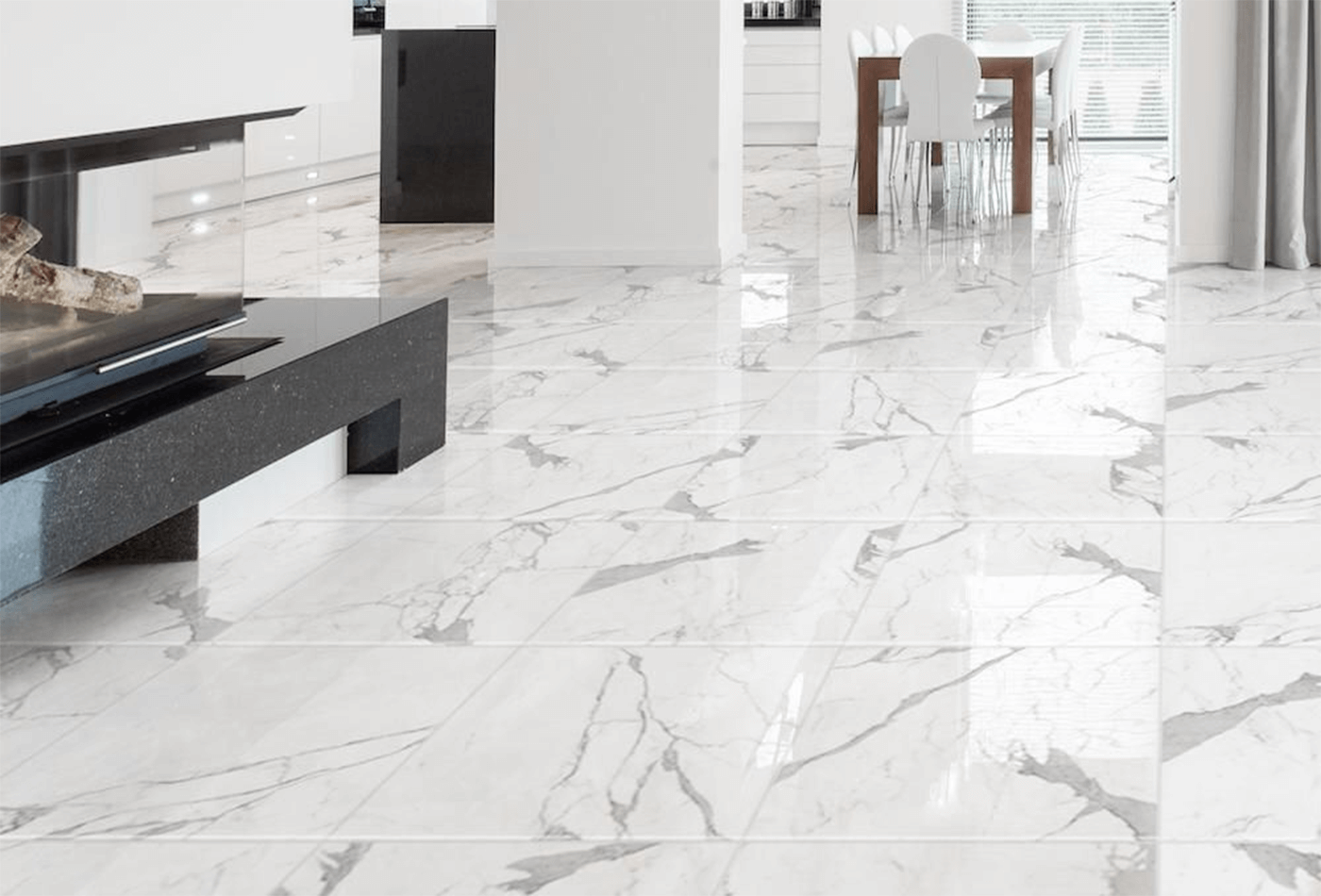
۱. The Rise of Iran’s Tile Industry
۱.۱ Historical Background
Iran’s ceramic and tile industry has deep cultural roots. From the ancient mosaics of Isfahan and Kashan to the intricate designs seen in Persian architecture, Iran’s craftsmanship in ceramics is legendary. Modern industrialization began in the ۱۹۷۰s, and since then, Iran has developed state-of-the-art production facilities, combining traditional artistry with modern technology.
By the 2000s, Iranian manufacturers started exporting on a large scale, positioning themselves as affordable yet high-quality alternatives to Italian and Spanish tiles.
۱.۲ Modern Production Capabilities
Today, Iran produces more than ۵۰۰ million square meters of tiles annually, ranking among the top five global producers. The country’s tile sector includes hundreds of factories equipped with Italian, Spanish, and Chinese machinery, capable of producing diverse types of tiles such as:
- Ceramic wall and floor tiles
- Porcelain tiles
- Polished vitrified tiles
- Glazed and unglazed products
- Digital printed tiles
Most factories are concentrated in regions like Yazd, Isfahan, and Kerman, where access to raw materials such as clay, silica, and feldspar is abundant.
۱.۳ Competitive Advantages of Iranian Tiles
Several factors contribute to the global competitiveness of Iranian tiles:
- High-quality raw materials ensure durability and precision.
- Skilled labor combines modern engineering with traditional design.
- Affordable production costs due to local resources and energy efficiency.
- Diverse designs appealing to Middle Eastern, Asian, and European markets.
- Proximity to major export routes via Persian Gulf and land corridors to Central Asia and Russia.
۲. Iran’s Global Tile Export Network
۲.۱ Export Statistics and Key Destinations
Iran exports tiles to over 150 countries, with major destinations including:
- Iraq, Afghanistan, Pakistan, and Oman (traditional markets)
- Russia and Central Asian countries (emerging markets)
- African nations such as Kenya, Tanzania, and Sudan
- European regions like Armenia, Georgia, and Eastern Europe
- South America in smaller but growing volumes
According to export data, Iran’s tile exports exceed USD 400 million annually, with the figure steadily growing despite international sanctions.
۲.۲ Key Factors Behind Global Expansion
Iran’s broad market reach is the result of:
- Flexible pricing strategies that adapt to regional economies
- Customized designs based on cultural preferences (e.g., minimalist for Europe, floral for Asia)
- Strong distribution networks through private agents and trade exhibitions
- Participation in international fairs such as Cersaie (Italy), MosBuild (Russia), and Big 5 (Dubai)
۲.۳ The Role of Government and Trade Associations
Organizations like the Iranian Ceramic Tile Producers Syndicate (ICTPS) and Trade Promotion Organization (TPO) play a vital role in promoting exports by:
- Supporting export subsidies and incentives
- Providing logistical facilitation
- Helping manufacturers comply with international quality standards
- Connecting producers with new markets through trade fairs and digital platforms
۳. Russia: A Strategic Market for Iranian Tile Exporters
۳.۱ Overview of the Russian Tile Market
The Russian tile market is one of the most dynamic in Europe, with increasing demand driven by:
- Urban development and renovation projects
- Growing construction of residential and commercial spaces
- Rising interest in design and aesthetics among consumers
Before 2020, much of Russia’s tile supply came from Italy, Spain, and Turkey. However, geopolitical changes, sanctions, and shifting trade relations have created a supply gap, leading importers to seek alternative sources—and Iran has positioned itself as a reliable and cost-effective supplier.
۳.۲ Why Russia Values Iranian Tiles
Russia’s growing reliance on Iranian tiles stems from several key factors:
- Proximity and low logistics costs:
Iran shares a relatively short supply route through the Caspian Sea and land transport corridors via Azerbaijan and Turkmenistan, reducing transit time and freight costs. - Stable supply and variety:
Iranian factories can supply large volumes with consistent quality, offering a range of designs from classic marble effects to modern minimalist tones suited to Russian architecture. - Affordable pricing:
Compared to European tiles, Iranian tiles are often ۳۰–۵۰% cheaper, offering importers a competitive edge. - Cultural and diplomatic cooperation:
Iran and Russia enjoy strengthening economic ties, including in energy, transport, and construction sectors—further facilitating smoother trade.
۳.۳ Popular Tile Types in the Russian Market
In Russia, the most popular categories of Iranian tiles include:
- Polished porcelain tiles for residential floors
- Matte and rustic tiles for commercial projects
- Large-format tiles (60×۱۲۰ cm and above) for luxury interiors
- Digital printed tiles with natural stone or wood effects
Iranian producers often customize tile sizes, packaging, and branding to align with Russian retail and wholesale market standards.
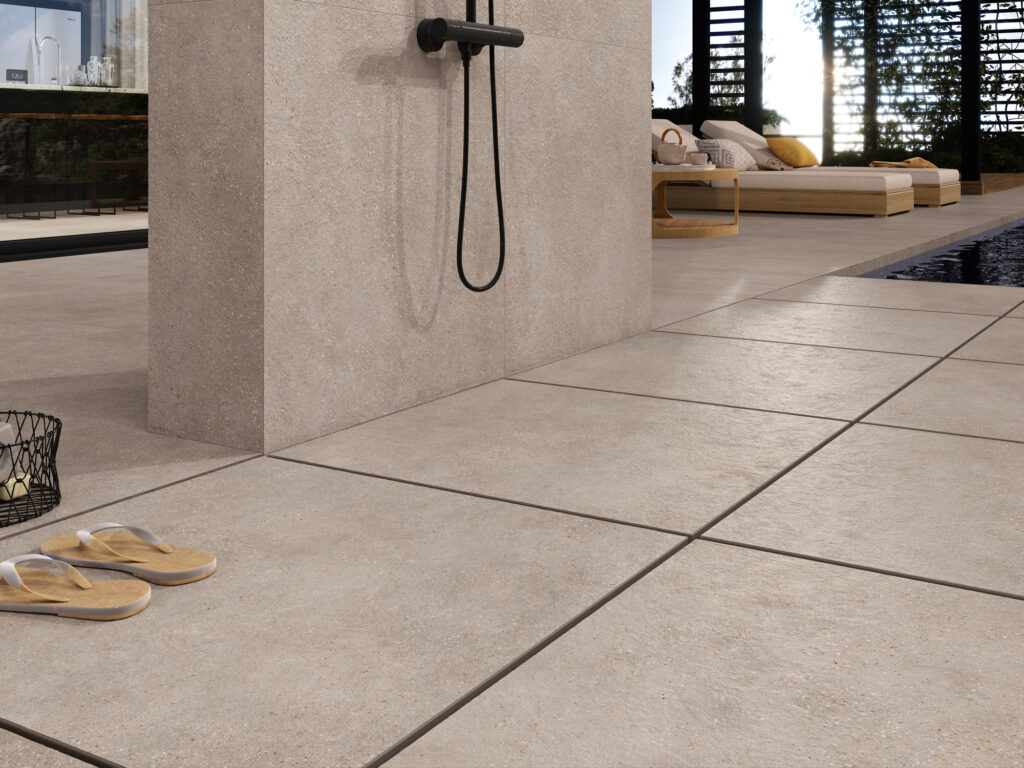
۴. Logistics and Export Channels Between Iran and Russia
۴.۱ Caspian Sea Shipping Route
The Caspian route is one of the most efficient corridors for Iran-Russia trade. Tiles are shipped from northern Iranian ports (Anzali, Amirabad, and Noshahr) to Astrakhan and Makhachkala in Russia.
This route offers:
- Short transit times (5–۷ days)
- Affordable freight rates
- Reliable customs cooperation between the two nations
۴.۲ North–South Transport Corridor (INSTC)
The International North–South Transport Corridor (INSTC) connects Iran with Russia through rail, road, and sea networks, enabling faster trade flows. Many tile exporters now use this corridor for bulk shipments, especially to central and western Russia.
۴.۳ Distribution Partnerships and Local Agents
Iranian tile exporters increasingly collaborate with Russian importers, showrooms, and distribution companies to ensure market penetration. Some large Iranian brands have already established exclusive dealerships and warehousing facilities in cities like Moscow, Kazan, and Volgograd.
۵. Challenges and Opportunities in the Russian Market
۵.۱ Key Challenges
Despite growing trade, exporters face certain barriers:
- Complex customs regulations and language barriers
- Currency exchange fluctuations
- Need for localized marketing and packaging
- Competition from Turkish and Chinese suppliers
۵.۲ Emerging Opportunities
However, these challenges come with opportunities:
- Brand recognition: Russian consumers increasingly prefer products labeled “Made in Iran” for their durability and beauty.
- Market gap: The reduced presence of European brands opens the door for new partnerships.
- Governmental support: Both countries promote trade within the Eurasian Economic Union (EAEU) framework.
- Growing demand: Post-pandemic construction boom fuels continuous tile consumption.
۶. Case Study: Success of Iranian Brands in Russia
Several Iranian tile manufacturers have already achieved remarkable success in Russia by combining:
- Localized product design
- Efficient logistics
- Joint marketing with Russian partners
For instance, companies from Yazd and Isfahan provinces have developed tile collections inspired by European and Russian architecture, catering to high-end projects in Moscow and Saint Petersburg.
Participation in events such as MosBuild Exhibition has also played a crucial role in introducing Iranian tiles to a wider professional audience of architects, contractors, and interior designers.
۷. Future Outlook: Strengthening Iran–Russia Tile Trade
The future looks bright for Iran’s tile exports, particularly to Russia. As both nations continue enhancing trade cooperation, the following trends are expected:
- Digital trade integration through online B2B platforms
- Expansion of Iranian showrooms in major Russian cities
- Joint investment projects in tile manufacturing within Russia
- Increased adoption of eco-friendly tile technologies
Iran’s combination of competitive pricing, artistic design, and manufacturing strength will help it sustain its growth and maintain a strong presence in the Russian market and beyond.
Conclusion
Iran’s journey from a regional tile producer to a global exporter serving over 150 countries showcases its industrial maturity and innovative spirit. Among all destinations, Russia stands out as a market of strategic importance, offering both economic and cultural synergy.
With its high-quality materials, advanced manufacturing, affordable pricing, and logistical advantages, Iran is poised to become one of Russia’s top tile suppliers in the coming years. As global construction trends evolve, collaboration between Iranian exporters and Russian partners will not only strengthen trade but also shape the future of architectural aesthetics across Eurasia.
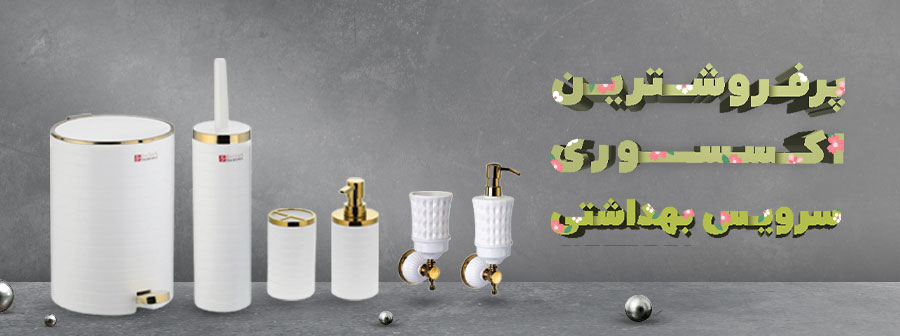
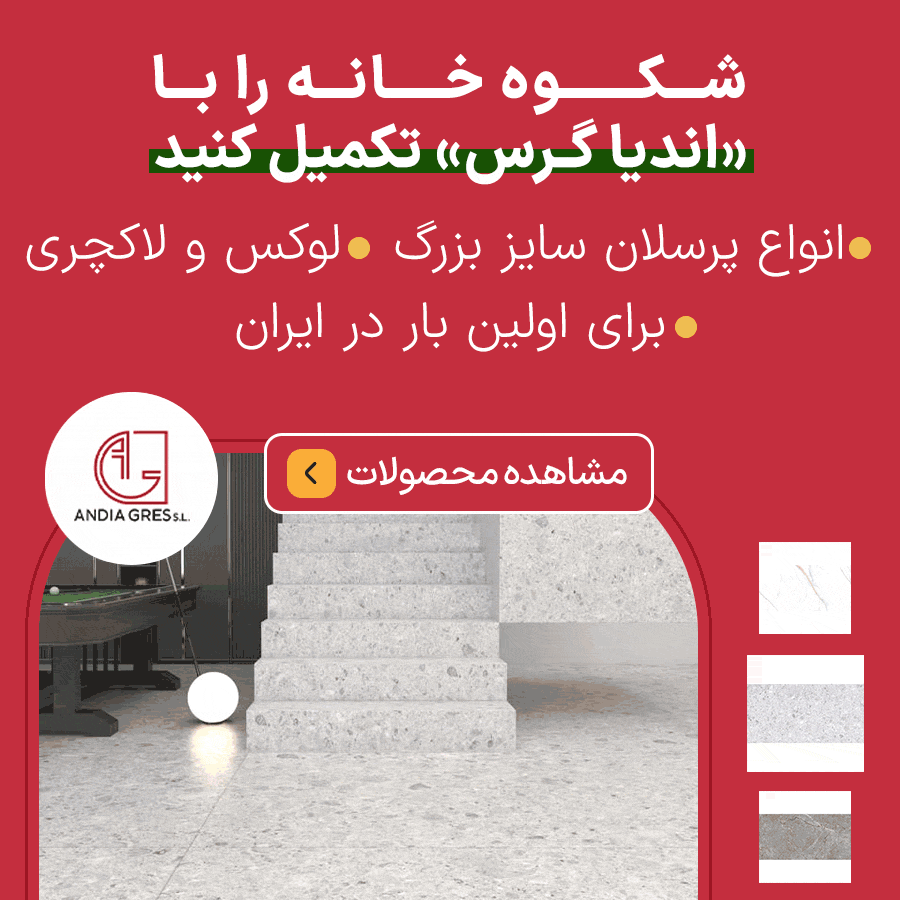
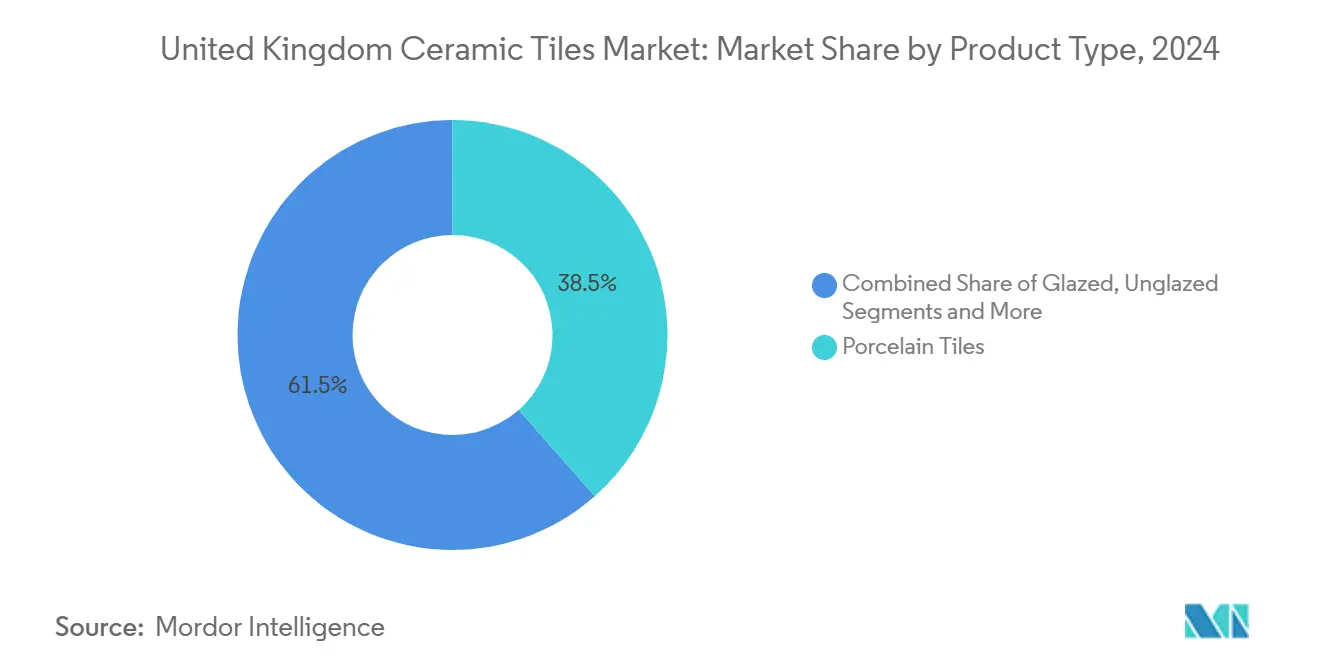
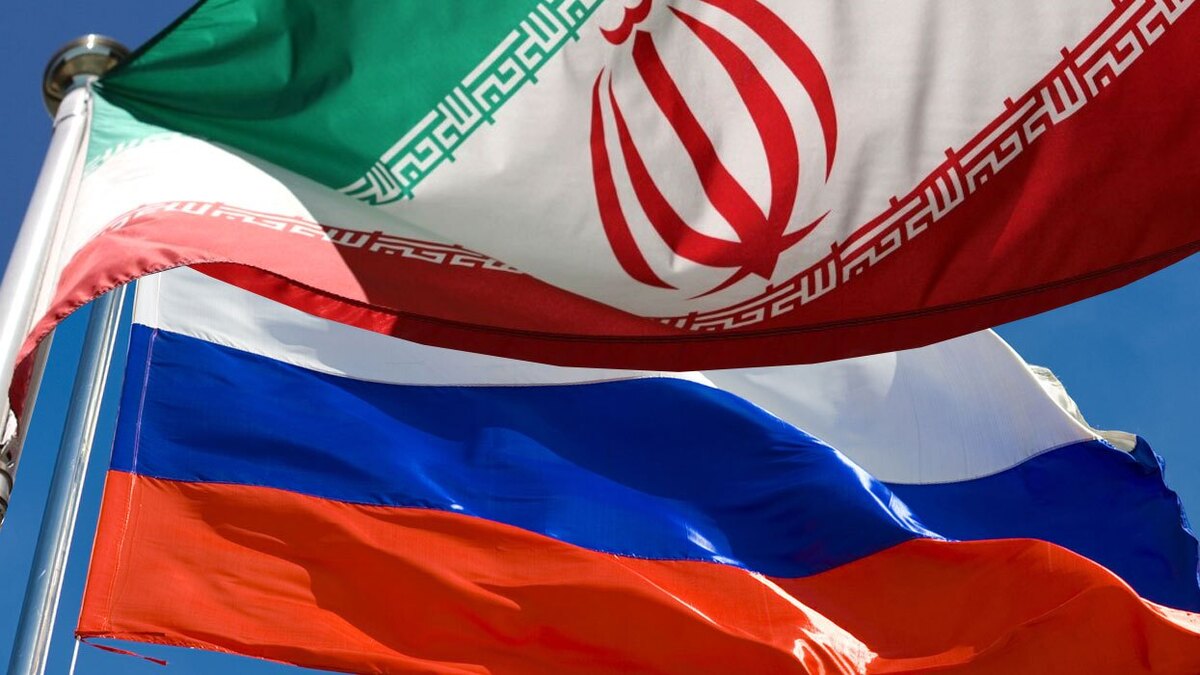


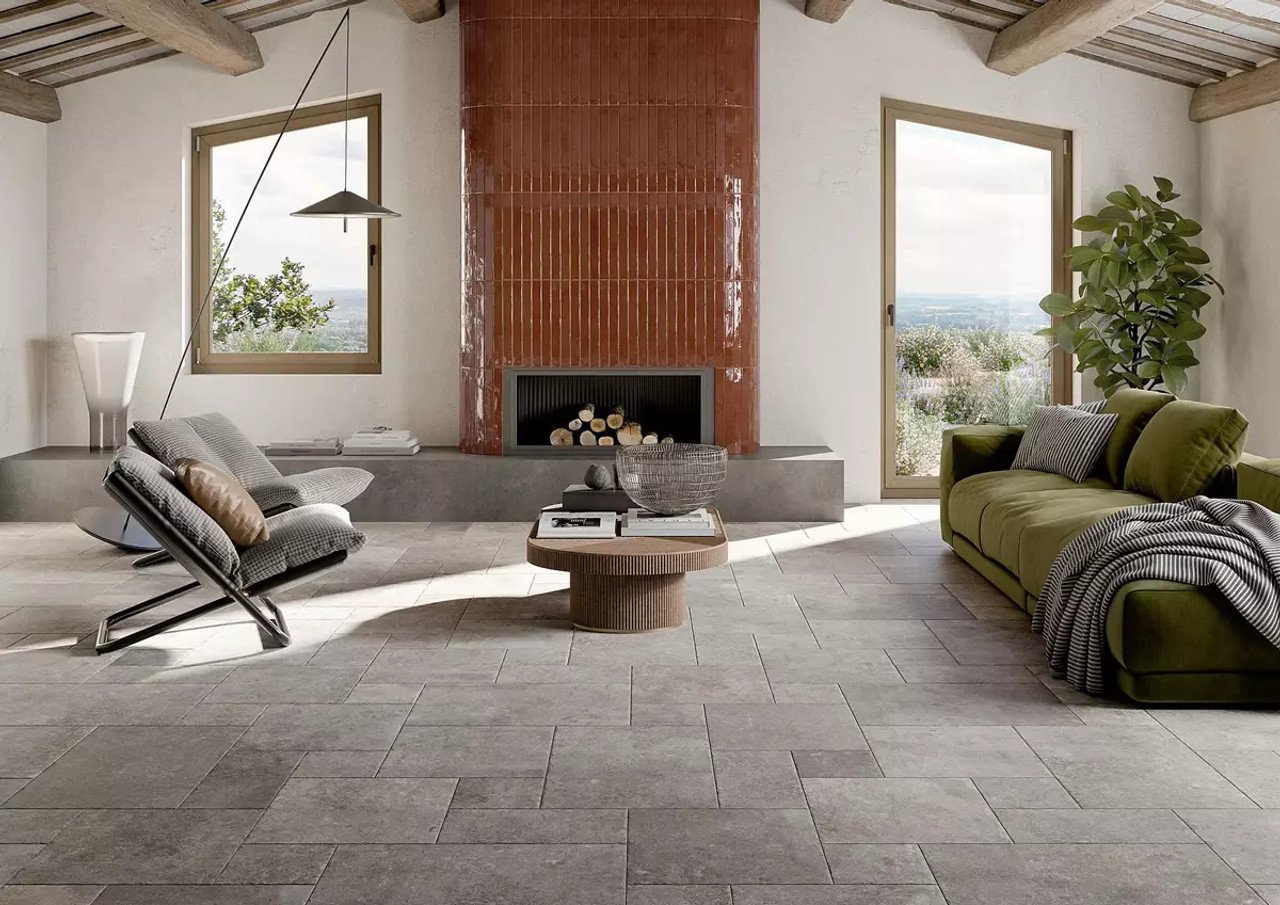
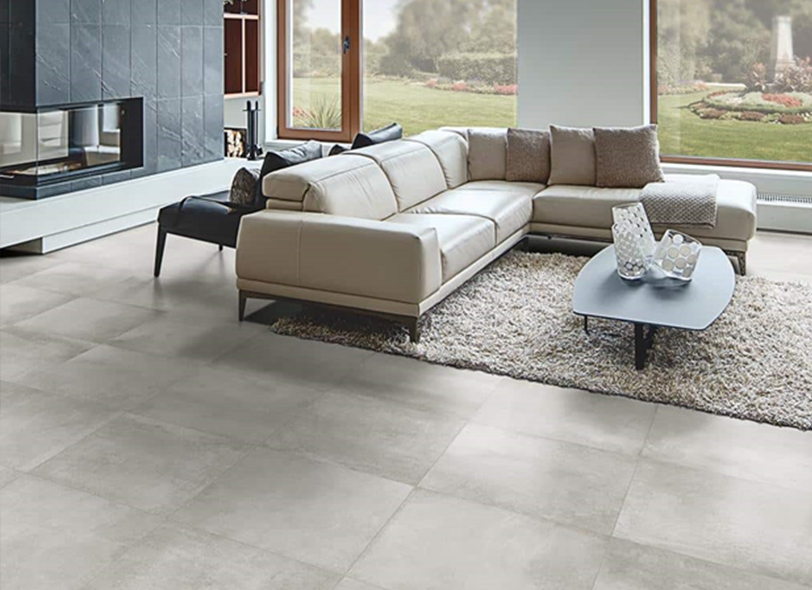
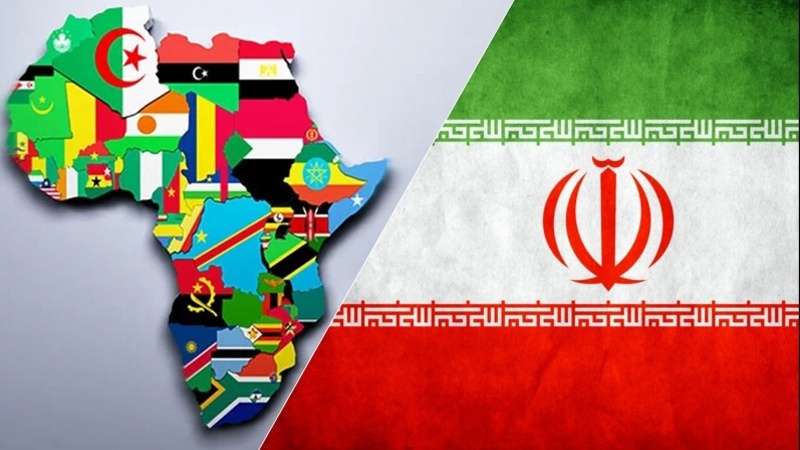
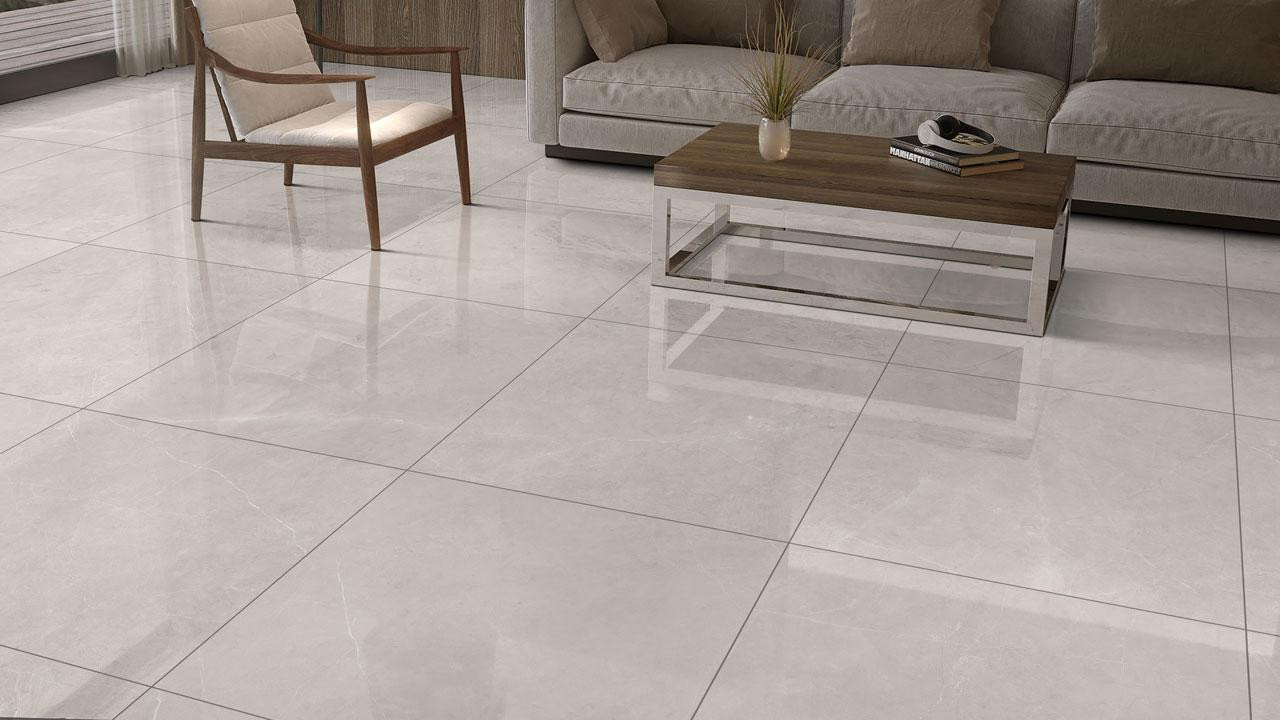
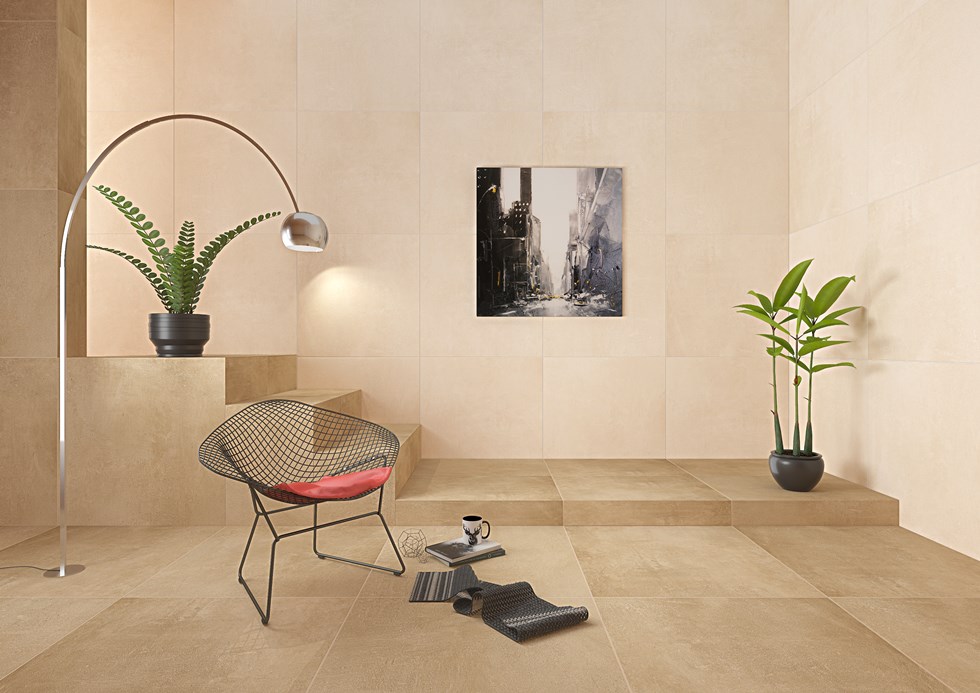
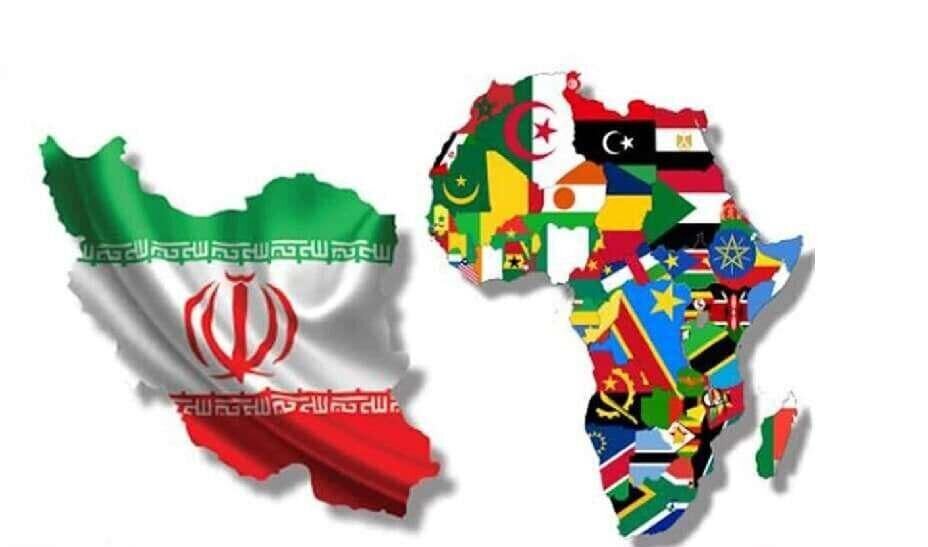
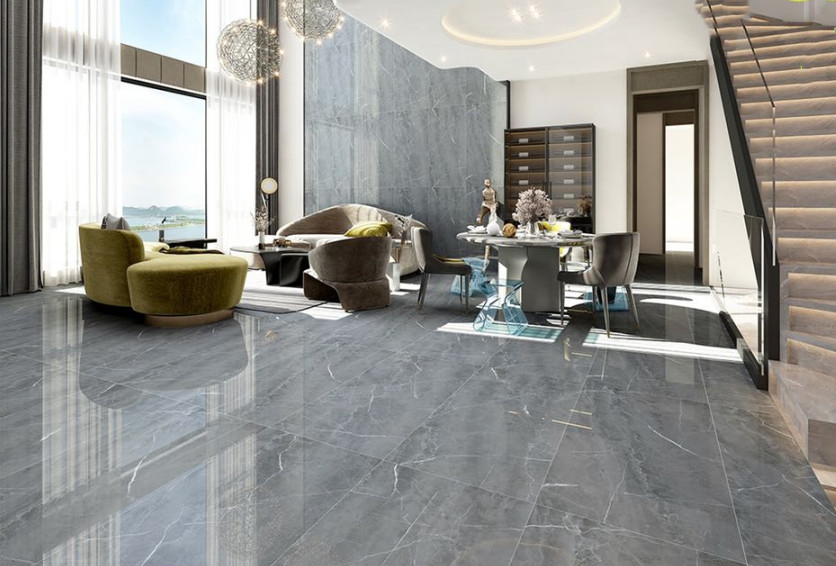


نظرات ۰